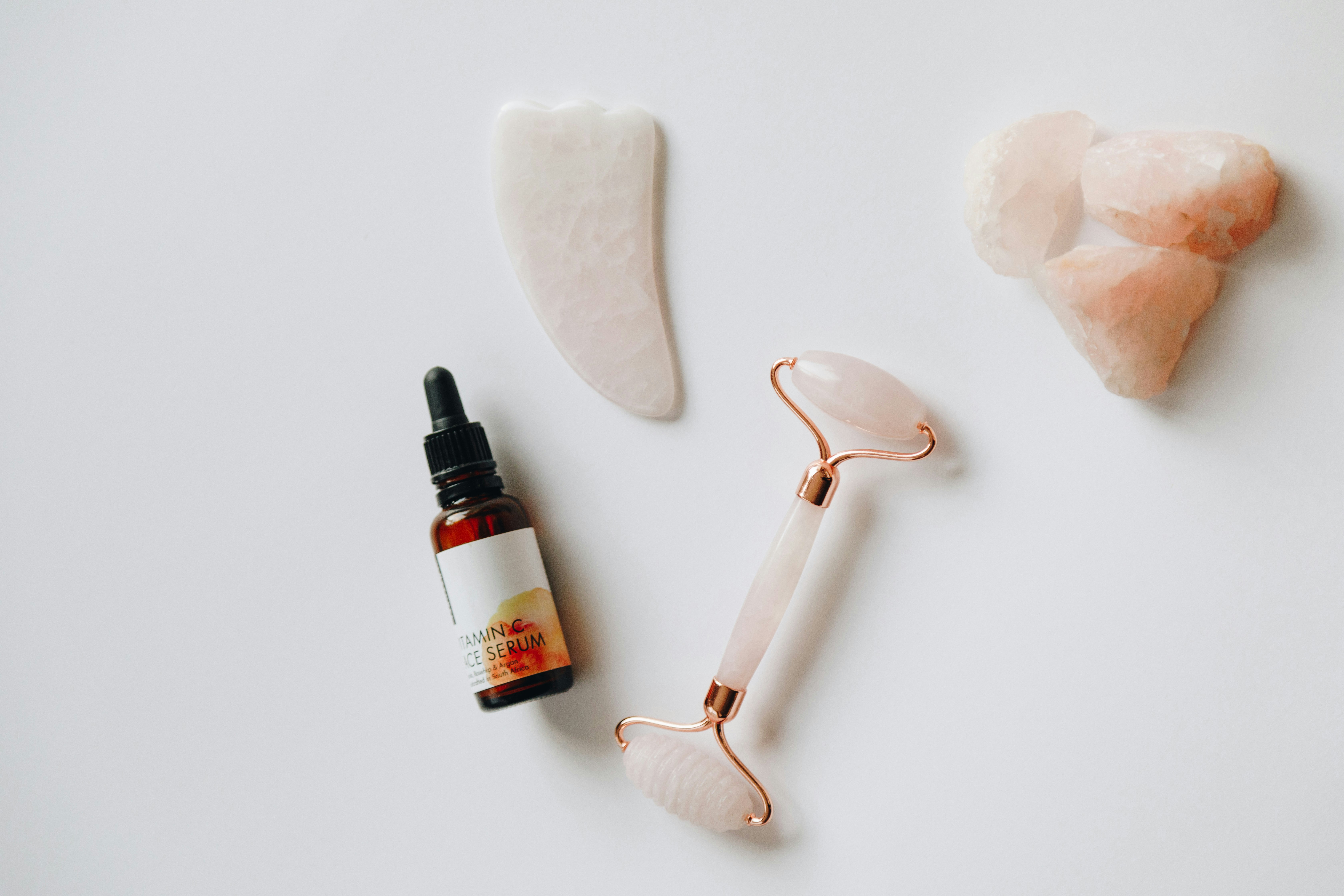Breathing Exercises for Stress Management - A Deeper Breath: The Foundation of our Health
Most of us are probably not aware of the potential benefits of proper breathing. Yet, our ancestors have been practicing it for thousands of years. Yoga, a practice originated in ancient India, focuses extensively on inhaling and exhaling correctly. Modern science has recently started acknowledging its positive impact on our physical and mental health.

Breathing and Stress: The Undeniable Connection
Stress is an omnipresent part of our lives today. However, when it becomes chronic, it can have severe effects on our health, including heart disease, obesity, and depression. In this context, the beneficial use of breathing exercises — accessible to anyone, anywhere, and at any time — is a truly revolutionary development in our battle against stress.
The Mechanics of Breathing: How it Works
When we breathe in a shortened, shallow manner — known as thoracic or chest breathing — our body perceives this as a stress signal, releasing a surge of hormones that increase our heart rate, muscle tension, and blood pressure. Conversely, when we breathe deeply, known as diaphragmatic or belly breathing, we signal our body to calm down and relax.
Types of Breathing Exercises and Their Benefits
Several types of breathing exercises can help manage stress levels:
- Box Breathing: This involves inhaling, holding the breath, exhaling, and holding the breath again, each for a count of four. It is often used by athletes and military personnel to keep calm in pressure situations.
- 4-7-8 Breathing: This technique, developed by Dr. Andrew Weil, involves inhaling for a count of 4, holding the breath for a count of 7, and exhaling for a count of 8. It helps reduce anxiety and aids in sleep.
- Pursed Lip Breathing: Often used by people with lung diseases, it can also be beneficial for stress relief. It involves inhaling through the nose and exhaling slowly through pursed lips.
- Lion’s Breath: A yoga exercise that involves sticking out the tongue and exhaling forcefully, it can relieve tension in the chest and face.
Each of these exercises can be performed in a few minutes, making them an ideal stress-management tool in our busy lives.
Tap into the Science of Breathing
- The American Institute of Stress calls deep breathing the best stress reduction technique.
- A study published in the Journal “Frontiers in Human Neuroscience” found that yoga breathing exercises could improve cognitive performance and decrease stress.
- Research at the Medical University of South Carolina revealed that deep breathing could help manage stress-related disorders like PTSD.
- According to Harvard Medical School, deep abdominal breathing encourages full oxygen exchange that can slow the heartbeat and lower or stabilize blood pressure, thereby reducing stress.
In conclusion, as we consider various avenues to improve our health and wellness in our increasingly busy lives, let’s not forget to breathe. The simple act of inhaling and exhaling, when done correctly, has a profound effect on our health. By including breathing exercises in our daily routine, we can equip ourselves better to manage stress and lead healthier lives. Remember, every breath we take is a step towards better health and well-being.




